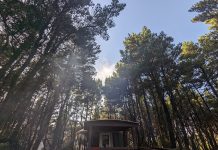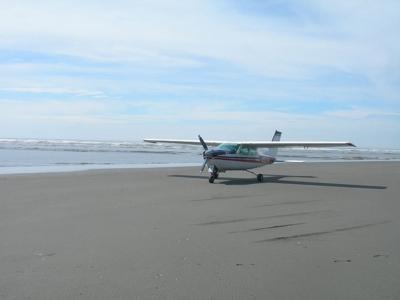By Douglas Scott
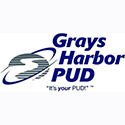 Out on the coast, in a region known for clam digging, ghost forests, beach-combing and amazing sunsets, the small town of Copalis, Washington, is the location of one of the world’s most unique and unusual destinations. Nestled on the beach between the Copalis River to the south and the Copalis rocks to the north, the Copalis State Airport boasts not just Washington State’s only known beach airport, but the only beach runway in America. At just 3,500 feet long, this beach runway gives pilots incredible views and a chance to land on the gorgeous Washington Coast.
Out on the coast, in a region known for clam digging, ghost forests, beach-combing and amazing sunsets, the small town of Copalis, Washington, is the location of one of the world’s most unique and unusual destinations. Nestled on the beach between the Copalis River to the south and the Copalis rocks to the north, the Copalis State Airport boasts not just Washington State’s only known beach airport, but the only beach runway in America. At just 3,500 feet long, this beach runway gives pilots incredible views and a chance to land on the gorgeous Washington Coast.
Established in 1976, the Copalis State Airport has been a unique destination for area pilots for nearly four decades. Before it was designated as an official FAA approved airport, the area was used (starting in the 1940s) as part of the Grays Harbor Army Base. Today, the airport is one of 16 airports that the State of Washington manages. Of the 16, nine are owned by the state, while the others are leased, operated through a special use permit or through a right of entry.
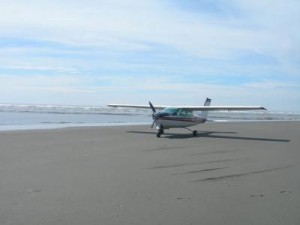
For the majority of the year, pilots brave enough to land on the sand also must deal with cars, driftwood, and clam diggers as they look for a place to set down their plane. The airport, comprised of nothing more than a sign, a windsock, and a log book, was named the one of the 18 most unusual airports in the world by relax.com and Popular Mechanics Magazine. Copalis State Airport was listed because each time high tide occurs, the runway is underwater, making it the only functional airport in America to be submerged every single day by the ocean. Copalis joins other airports, such as Denver’s International Airport, which is the largest airport in North America, and an airport in Tibet located at 14,000 feet above sea level, for being one of the most unique places for airplanes to land.
The runway is as simple as they come, marked on each end with orange reflective markers that have been installed on the north and south ends of the runway. The runway was once 4,500 feet in length and 150 feet wide, but due to the shifting of the Copalis River at the south end, the runway now is now just 3,560 feet.
Paul Wolf, the State Airport Manager at the Washington State Department of Transportation, manages the 16 airports that the State of Washington owns or operates. When asked why Copalis is a great resource for our community, he responded, “Where else in the world can you fly into an airport, go razor clamming, and enjoy the beach?”
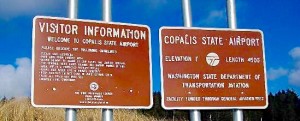
“People that come into airports are bringing money,” Paul continued. “They are tourists interested in the area and exploring the community of Copalis and attending events like the Moclips Kite Festival.”
Operating and running an airport as unique as Copalis comes with challenges, but the WSDOT has worked hard to have a great relationship with the community, the nearby state parks, and the Olympic Coast National Marine Sanctuary. The Copalis State Airport is located in the marine sanctuary, which requires pilots to fly above 2,000 feet while in the region. Thanks to the great relationship between all the local agencies, pilots are able to fly into Copalis and fly under 2,000 feet for landings and take-offs while in the region. There are numerous regulations for flying into and out of the marine sanctuary. The overwhelming majority of pilots who fly into the area follow all rules and regulations, helping to continue to make this an amazing place to fly.
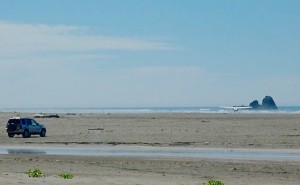
Despite pilots having to understand the tides, avoid cars, clam diggers, driftwood and beach-combers, Copalis State Airport has been extremely safe. In the nearly four decades of FAA approved aircraft activity, there have been only two accidents at Copalis State Airport; one in 1989 and the other in 1995, both occurring during landing. The airport, like the other 15 run by the State of Washington, is used for emergency landings, emergency management and staging, flight training and helping gain access to remote communities.
The Copalis State Airport is a place that every pilot should, if possible, fly into. Numerous videos online show pilots circling the beach before landing on the beautiful coast of Grays Harbor County, giving yet another unique perspective above our amazing region of the world. Even for those who can’t fly into the region, sitting on the beach watching planes land and take off near the crashing waves of the Pacific Ocean is well worth the trip to Grays Harbor’s Copalis Beach.

































